| There are a couple of
busts by the rose garden. One is of David Douglas (1799-1834) who named many
plants in North America including the Douglas fir. This bust is Carl
Linnaeus (1707-1798) who developed the classification system into which we
now place all plants. | 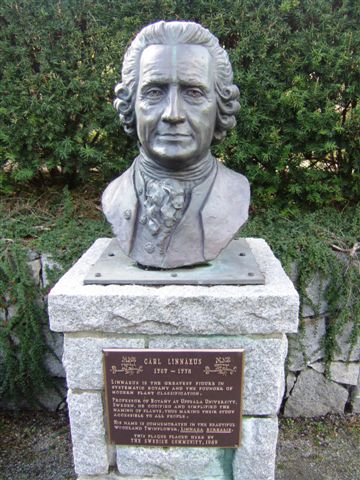 |
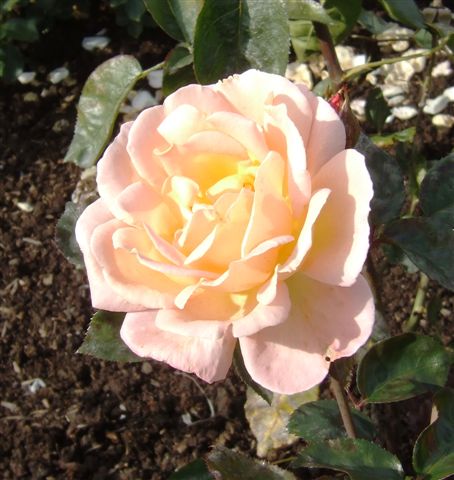 |
The season for roses is almost over but there are one or two splendid
examples still in bloom. |
| A beautiful red rose
still there although most of its compatriots were gone. | 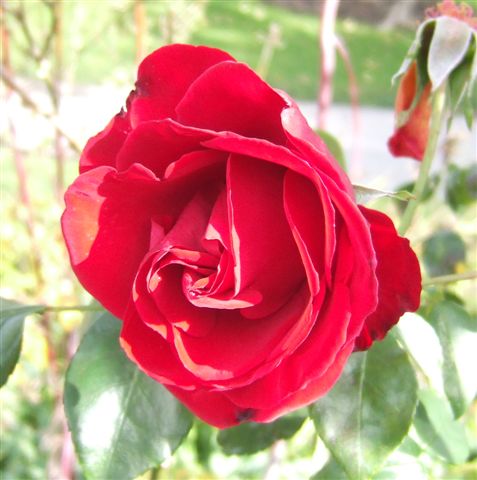 |
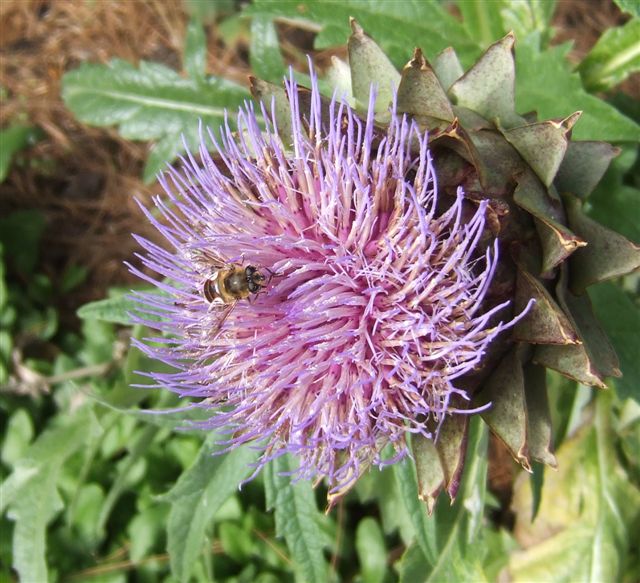 |
And just for contrast, an artichoke flower still being pollinated. |
| Jan thinks this is a
dahlia. I was struck by the unusual colour and size of the flower. | 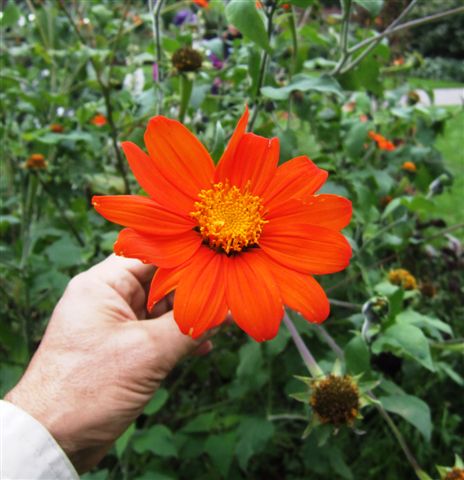 |
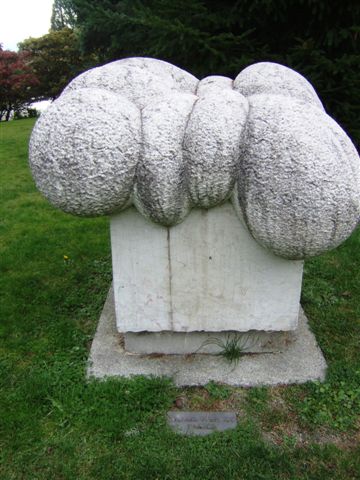 |
A rather amorphous sculpture - of note because the sculptor was Michael
Prentice (b1944) from France. It is called Developing Form and was sculpted
from marble. Michael is related to and has created sculpture gardens for the
Rockefellers. He works at La Celle-Saint-Cloud. |
| Hidden amidst the trees
is the ocean going Black Eagle canoe carved and decorated by Haida artist Bill
Reid. This is a fibreglass cast of the original Lootaas 15.2metre canoe
which was made from a 750 year old cedar. | 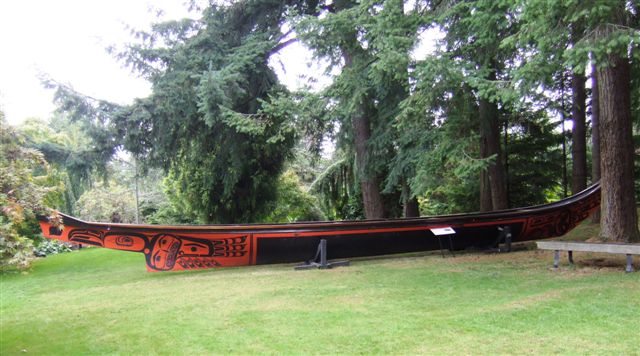 |
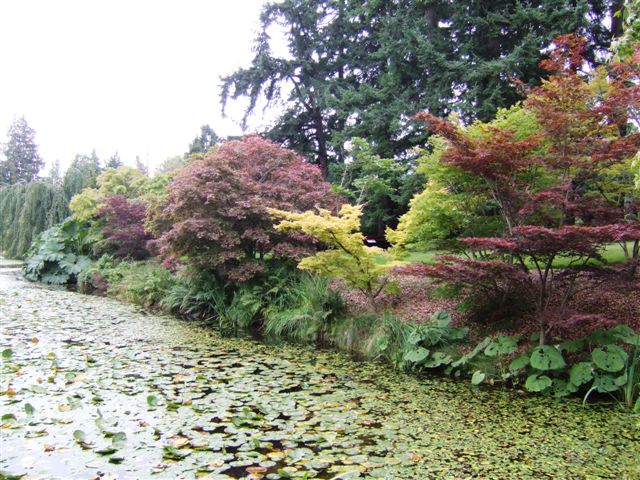 |
We were just amazed by the colour at a time when most plants are going into
hibernation. |
| These are Himalaya birch
trees with a distinctive white bark. Trees are very much a feature of these
gardens. | 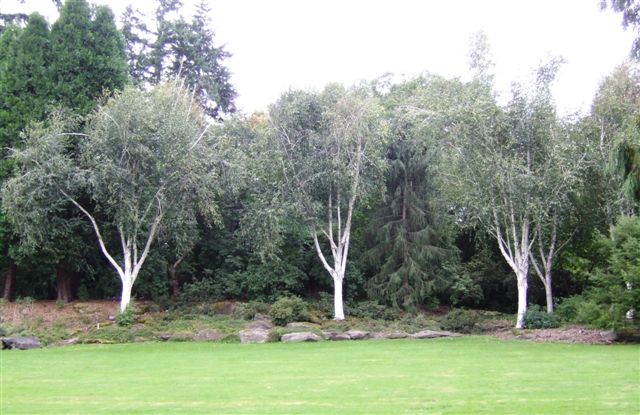 |
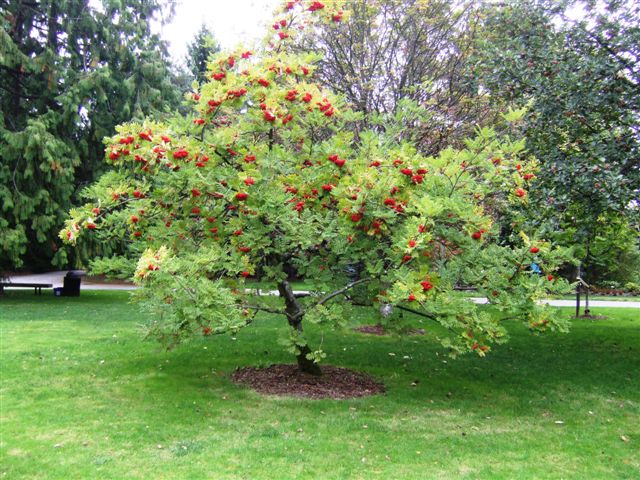 |
Laden with berries this
rowan tree seems very much at home in this climate. |
| This is a rather unusual
snake branch spruce. It is an abnormal form of the Norway spruce which
appears occasionally in the wild. They were first seen in 1853 in France. | 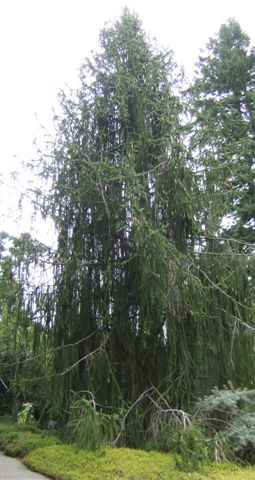 |
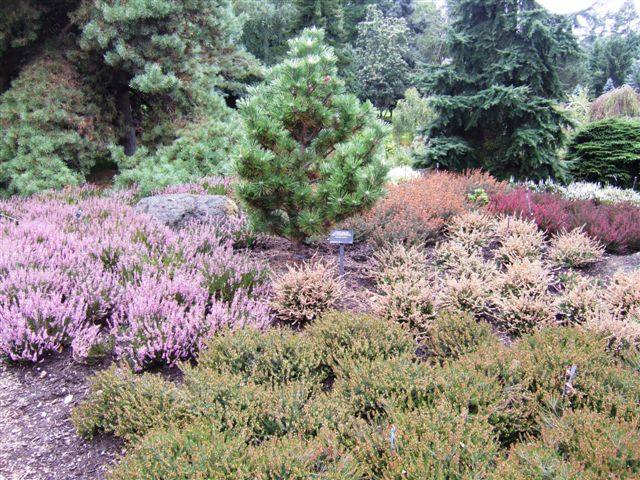 |
Another mass of colour in the
heather garden. |
| This is an Idaho
blue-eyed grass which can be found from BC down to New Mexico. | 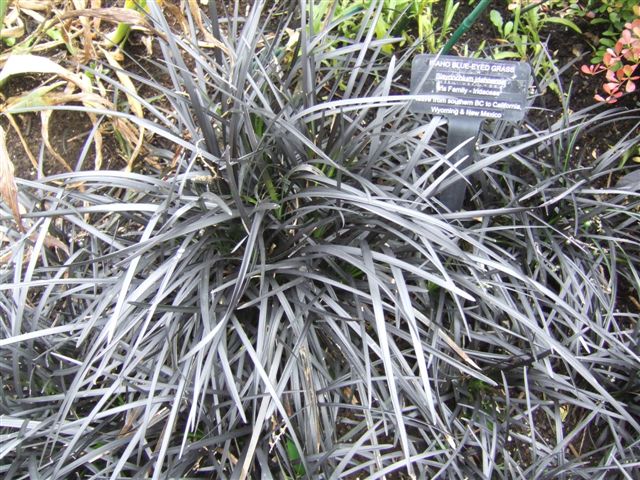 |
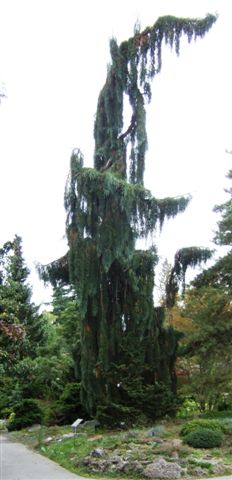 |
This is a weeping giant sequoia. First discovered in 1850, this particular
cultivar (Pendulum) was introduced in France in 1871. |
| The last water lily of
the season in the pool in the formal Phyllis Bentham garden by the entrance. | 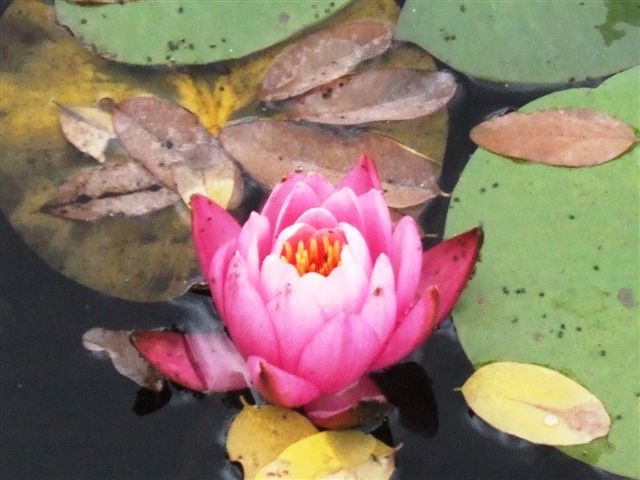 |
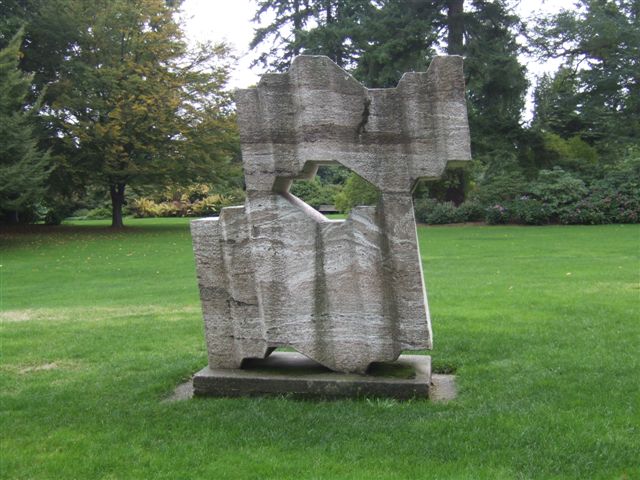 |
Another sculpture up by an area called the Great Lawn. I think the artist
was Japanese. |
| An area of the garden was
funded by the Korean government. This is a temple amongst many Korean trees. | 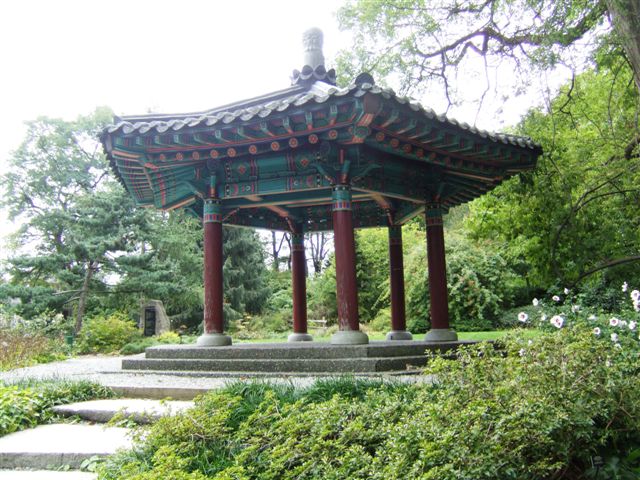 |
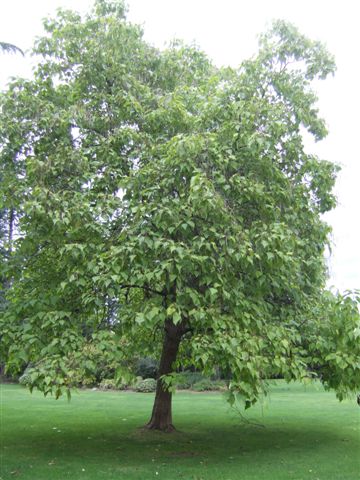 |
Not sure what sort of tree but it is just a pleasing shape. |
| This is a Swan Plant. It
is a Mediterranean member of the periwinkle family. The 'gooseberries' are
as big as a Victoria plum but virtually weightless. | 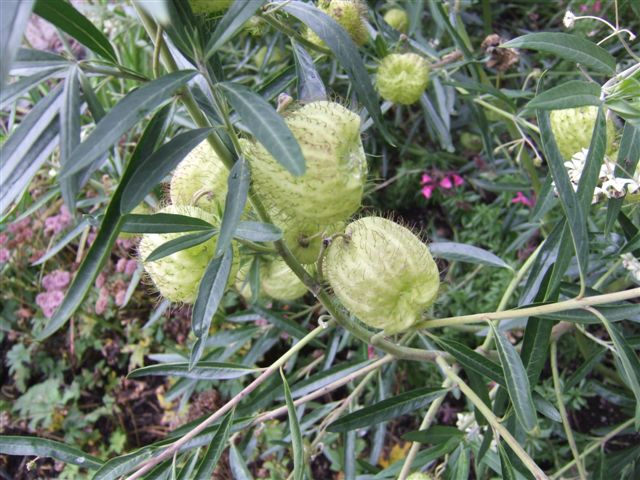 |
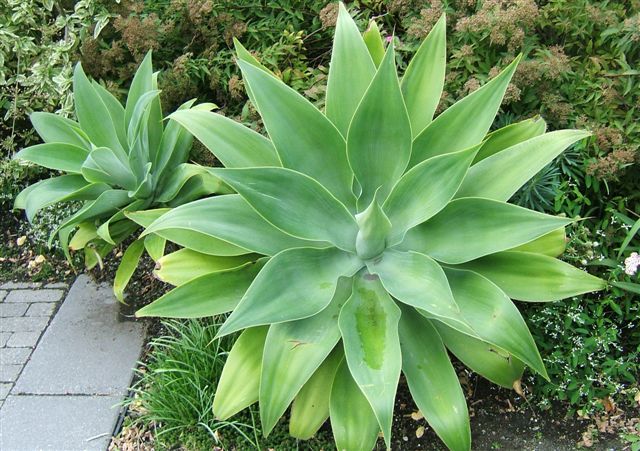 |
This looks like a yucca, feels like a yucca but seems a bit too fleshy to be
one. |
| Jan just loved the
geometric leaf formation of this plant. Why is it you can never find a name
tag for the plant you would really like to have one for? | 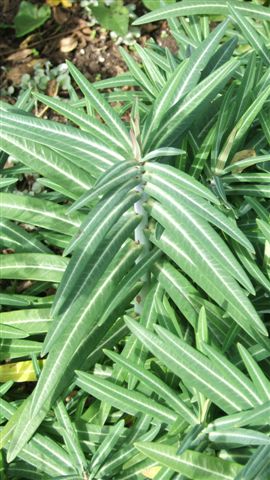 |
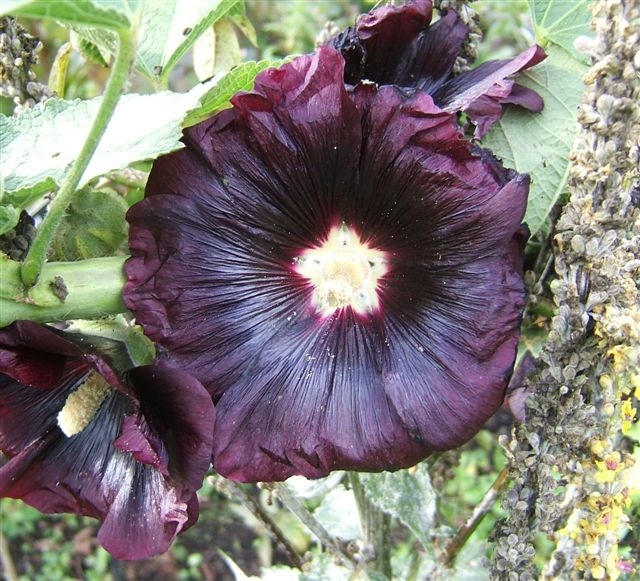 |
A wonderful deep black hollyhock. Can we have one?? |
| It looks like a small
bush but is in fact a dwarf pine, just 15 inches high. | 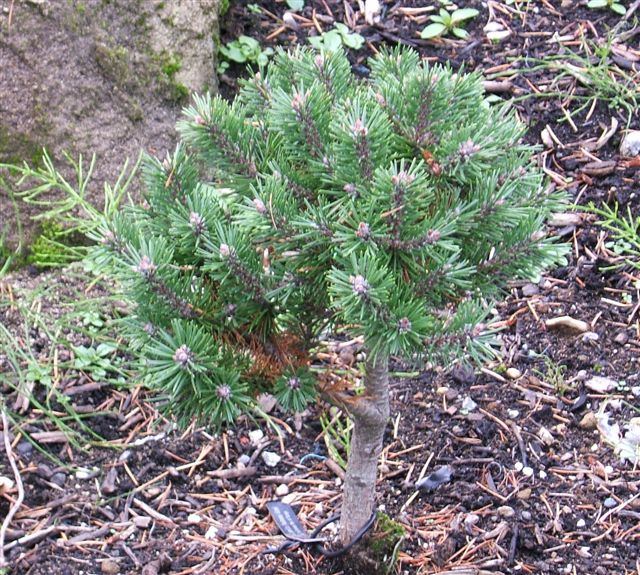 |
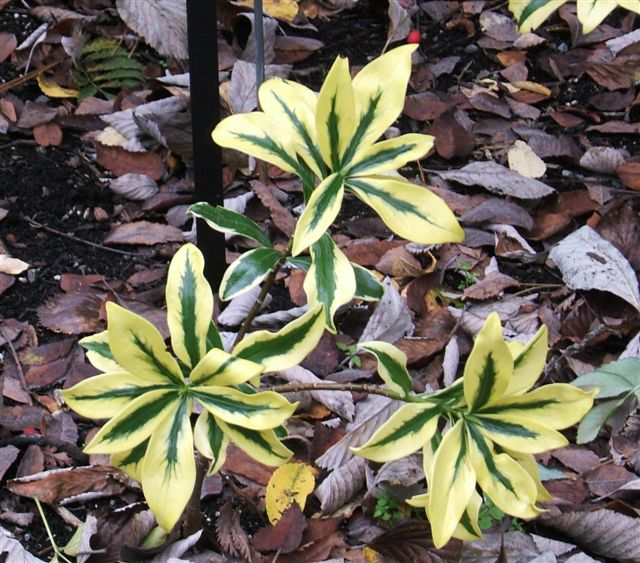 |
This is winter daphne. Very colourful. |
| This is what the garden
is all about. A mix of colours without using bedding plants. Note
particularly the use of black leaved plants. | 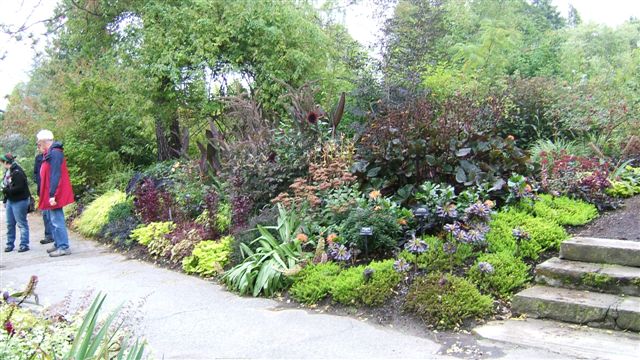 |
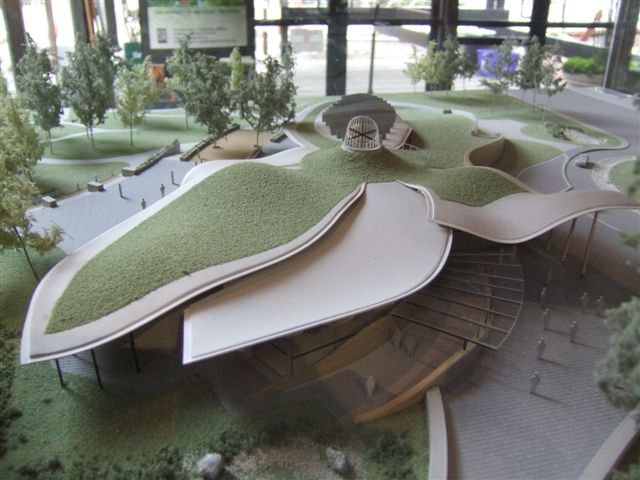 |
A new entrance/cafe/gift shop is under construction. This is a model. There
are solar panels and grass on the roof. It is designed to be really eco
friendly. Finally I must mention that there are 12 paid gardeners. There
are also hundreds of unpaid volunteers who provide tours and assistance and
information, all avid gardeners but not allowed to garden. It must break
their hearts. |
|